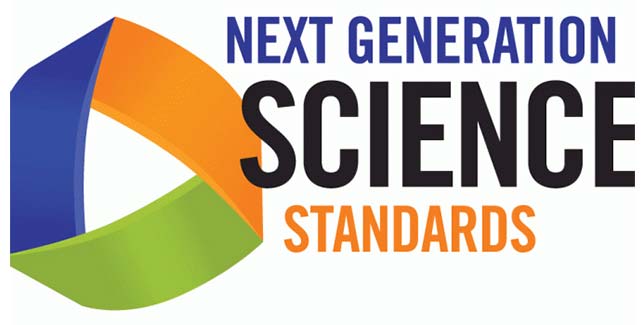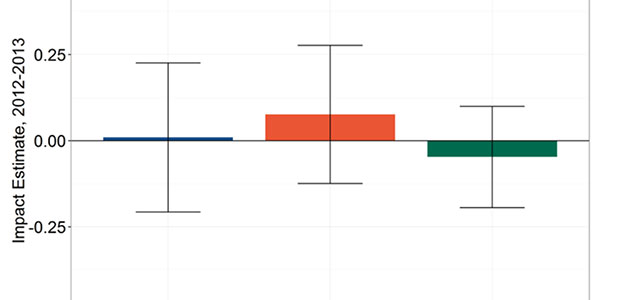
As states sort out their science standards — many adopting the Next Generation Science Standards and even more going at the work on their own — all of them are expected to adhere to "high-quality" summative science assessments that meet federal requirements spelled out in Title 1 Part A of the Every Student Succeeds Act.

A hefty study commissioned by the Institute of Education Sciences (IES) and written by researchers at Mathematica has examined the impact of School Improvement Grants (SIGs) and found that implementing a SIG-funded model "had no impact on math or reading test scores, high school graduation or college enrollment."

The Every Student Succeeds Act (ESSA) has created an opportunity for states to overhaul their high school accountability systems, but most are not taking advantage of that opportunity, according to a new report from Fordham Institute.

While RTT funding did introduce more use of the policies promoted by the multi-billion-dollar program, the impact of those changes on student achievement is "unclear," according to new research.
Pemberton Township Schools in Burlington County, NJ has been upgrading its wireless infrastructure.

The federal government lately has been passing out lots of money through competitive programs by way of the American Recovery and Reinvestment Act (ARRA). Together, the grants represent a huge investment in education, while providing one more example of the golden rule: He who has the gold makes the rules. What will those rules be going forward?
Ten recipients have been named in phase 2 of the federal Race to the Top grant program, with five states taking home $400 million or more. In the wake of the announcement, the United States Department of Education said it will convene a series of meetings beginning in November designed to bring states together to discuss "promising" ideas.

The United States Department of Agriculture (USDA) Wednesday revealed 126 new infrastructure projects designed to bring broadband connectivity to schools, homes, and businesses in rural areas and Native American lands. Combined, the projects represent $1.2 billion in federal stimulus spending, impacting 38 states, including tribal areas.
A new set of national standards for K-12 math and English could either hold the key to helping schools "share innovations across state borders" or "undermine the role of teachers and administrators," depending on who's assessing them. The federal government, for its part, is supporting the new Common Core State Standards, released this week, and promising to tie state funding to their adoption, with potential spillover into Title I.
EETT--the sole source of federal funding for education technology--is key to transforming schools and ensuring students have the tools they need for developing 21st century skills. That's the message from state ed tech leaders who took their cause to Washington, DC recently in an effort to renew support for the program, which was targeted for elimination in the Obama administration's 2011 budget proposal.